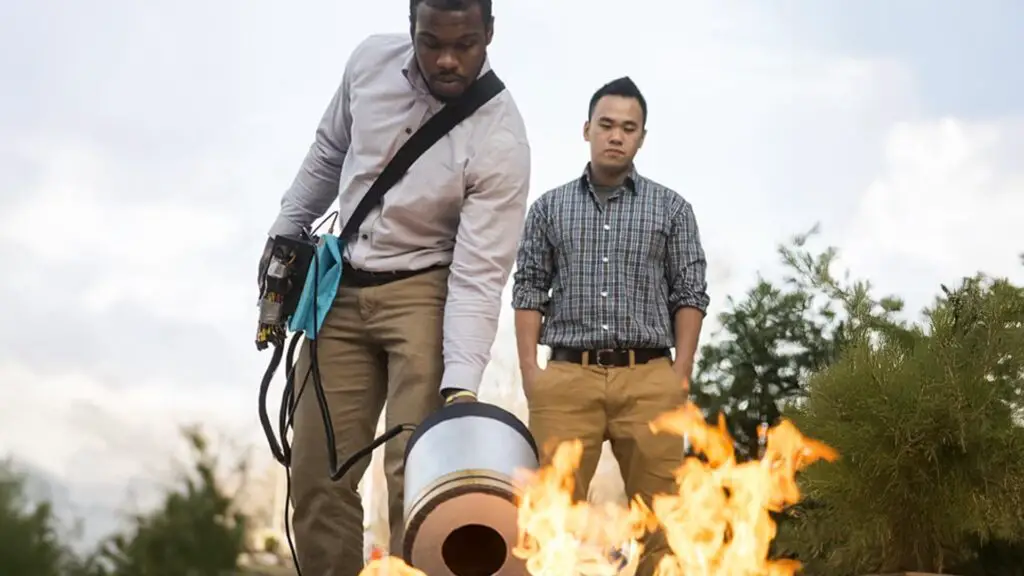The Incredible Human Chess Game Played in Leningrad, 1924

LENINGRAD, 1924 — Picture this: a sprawling chessboard laid across one of Russia’s grandest squares, human “pieces” in military uniforms, and two grandmasters shouting moves over a telephone.
No, this isn’t a scene from a surrealist film—it’s the real-life chess match that unfolded in Leningrad (now St. Petersburg) on July 20, 1924.
This wasn’t just a game; it was a propaganda-fueled spectacle designed to cement chess as a Soviet cultural staple—and boy, did it deliver.
A Game of Giants
The brainchild of Soviet organizers, the event transformed Leningrad’s Palace Square—a site steeped in imperial history—into a giant chessboard.
Members of the Red Army and Navy were drafted as living pieces: the Army took black, while the Navy donned white.
Each knight? An actual horse. The queens? One was even played by Ilya Rabinovich’s wife, adding a dash of personal drama to the game.
“Imagine trying to coordinate 32 people and horses across a square the size of a football field,” says historian Alexei Petrov, who has studied Soviet-era chess. “It’s like herding cats, but with military discipline.”
Phoning It In (Literally)
The star players, Peter Romanovsky (white) and Ilya Rabinovich (black), weren’t even on the square.
Instead, they called their moves from separate locations, relaying instructions via telephone to assistants who bellowed commands through megaphones.
Talk about a game of telephone—both literally and figuratively.
The logistics were a nightmare. A single misheard move could’ve sent a rook charging into a pawn.
Yet, against the odds, the match unfolded smoothly.
Well, mostly. “By the fifth hour, the horses were getting restless, and the ‘pieces’ were exhausted,” admits a 1924 press account. “But the show went on”.
Chess as Soviet Soft Power
This wasn’t just about fun and games.
The USSR had been hosting these human chess spectacles since 1921, starting in Smolensk, then moving to Kerch, Omsk, and Moscow.
The goal? To popularize chess as a symbol of Soviet intellect and discipline.
And it worked. Thousands flocked to Palace Square—8,000 spectators, by some estimates—to gawk at the living board.
“Chess wasn’t just a pastime; it was a national project,” explains Petrov. “The Soviets wanted to prove they could master a game associated with aristocracy and turn it into a proletarian passion”.
A Draw for the History Books
After five grueling hours and 67 moves, the game ended in a draw.
Romanovsky, playing white, offered the truce—likely because everyone involved was “tired as hell,” jokes chess historian Maria Sokolova.
The result? A diplomatic stalemate, but a PR win for the USSR.
Fun fact: The match coincided with the founding of FIDE, the World Chess Federation, on the same day.
Coincidence? Hardly. The Soviets were making a statement: chess was their domain.
From 1924 to 2014: A Legacy Replayed
The event left such a mark that St. Petersburg recreated it in 2014 for its 90th anniversary.
Modern grandmasters Nikita Vitiugov and Valery Popov faced off, with volunteers replacing soldiers.
The outcome? Another draw—proving some traditions never die.
Behind the Scenes Drama
Not everything went to plan. The queens’ elaborate costumes reportedly tangled in the wind, and Rabinovich’s wife later joked she “nearly tripped over her own crown.”
Meanwhile, forum sleuths on Chess.com recently debated whether the backdrop was Mexico City or England—until user “Batgirl” shut it down with a mic-drop fact: “It’s Palace Square, folks”.
Why This Still Matters
Let’s not forget the sheer audacity of this event.
In an era without drones or Jumbotrons, the Soviets pulled off a live strategy game on a massive scale.
It’s a reminder of chess’s power to captivate—and of the USSR’s knack for turning even leisure into a political tool.
“You couldn’t make this up if you tried,” says Sokolova. “It’s The Queen’s Gambit meets Rocky IV—but with more horses and fewer montages.”































